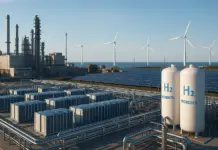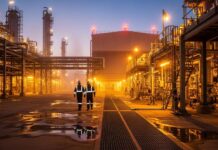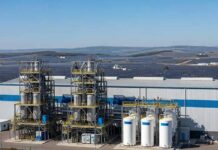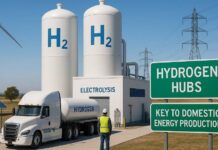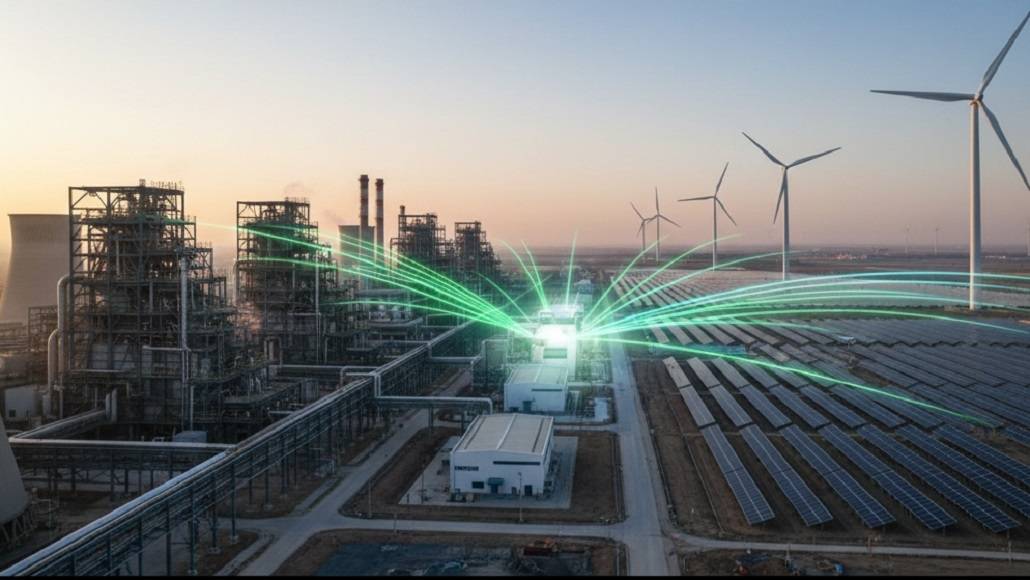China has taken a major step toward greening one of its heaviest industrial emitters, as Datang Group begins commercial operations at the country’s first coal-to-chemicals complex to integrate green hydrogen. The landmark site in Duolun, Inner Mongolia, marks a pivotal moment in China’s emerging coal-to-hydrogen shift. The facility has long been part of China’s coal conversion landscape, and the new green hydrogen system is now being folded directly into its existing production processes.
Chinese regulators have formally designated the project as a National Hydrogen Demonstration Project, underscoring its strategic importance. CCTV said the site “provides a replicable model for the green transformation of the coal-to-chemicals industry,” reflecting the government’s expectation that this large-scale trial can guide similar upgrades across the sector. The broader coal chemical industry remains central to China’s domestic supply of chemicals, oil, and gas, helping reduce import dependence. But its rapid expansion has also been identified as a major obstacle to achieving the country’s 2025 carbon intensity reduction targets, making this early coal-to-hydrogen shift a critical testing ground for emissions mitigation.
The project is operated by state-owned Datang Group. Station manager Cao Guoan told CCTV that the plant is forecast to produce 70.59 million cubic meters of hydrogen annually, although current output levels were not disclosed. The facility continues to rely on coal gasification to produce syngas, a mix of carbon monoxide and hydrogen used to make ammonia, methanol, and olefins, but the new element is the integration of green hydrogen to reduce the carbon footprint of these outputs.
A dedicated 150-megawatt wind and solar farm powers the hydrogen system and sends surplus electricity to the national grid. This renewable energy supply enables the facility to produce green hydrogen instead of fossil-based hydrogen, marking the operational core of the coal-to-hydrogen shift now underway. As the plant moves into full commercial service, industry observers will be watching closely to see whether it can establish a workable blueprint for the next phase of China’s chemical-sector decarbonization.




